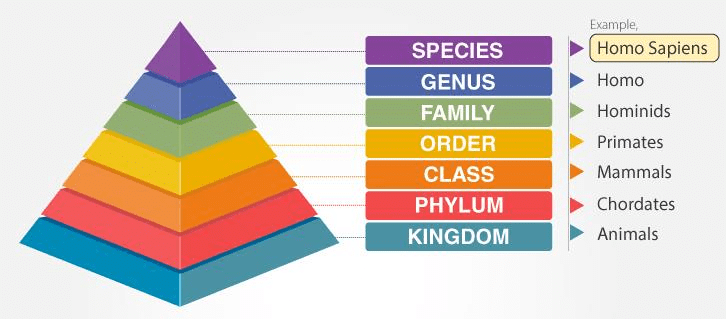31 Year NEET Previous Year Questions: The Living World- 1 - NEET MCQ
10 Questions MCQ Test - 31 Year NEET Previous Year Questions: The Living World- 1
'X' and 'Y' are the components of Binomial nomenclature. This naming system was proposed by 'Z': [2023]
House fly belongs to _______ family. [2023]
In the taxonomic categories which hierarchical arrangement in descending order is correct in the case of animals? [NEET 2022]
Which one of the following belongs to the family Muscidae? [NEET 2021]
Study the four statements (A - D) given below and select the two correct ones out of them.
(A) Definition of biological species was given by Ernst Mayr.
(B) Photoperiod does not affect reproduction in plants.
(C) Binomial nomenclature system was given by R.H. Whittaker.
(D) In unicellular organisms, reproduction is synonymous with growth.
The two correct statements are: [NEET 2016]
Nomenclature is governed by certain universal rules. Which one of the following is contrary to the rules of nomenclature? [NEET 2016]
The common characteristics between tomato and potato will be maximum at the level of their: [NEET 2013]
What is the specific epithet for the species belonging to the genus Panthera?
Species are considered as: [2003]
The practical purpose of the classification of living organisms is to: [1999]




















